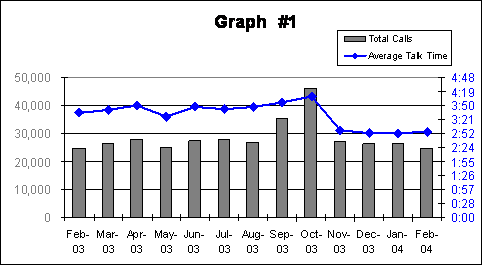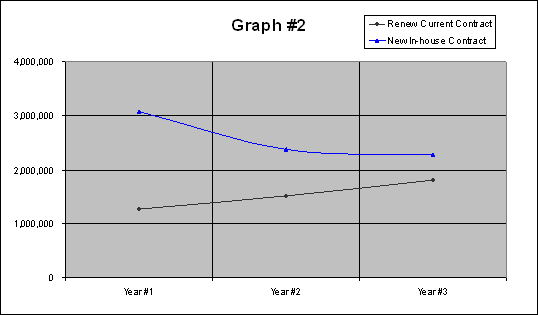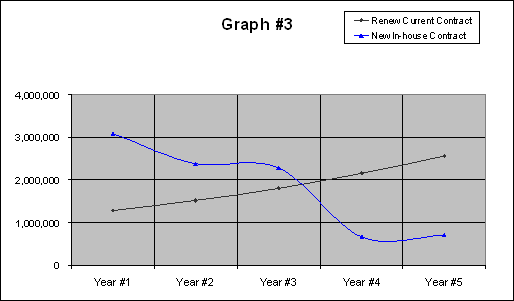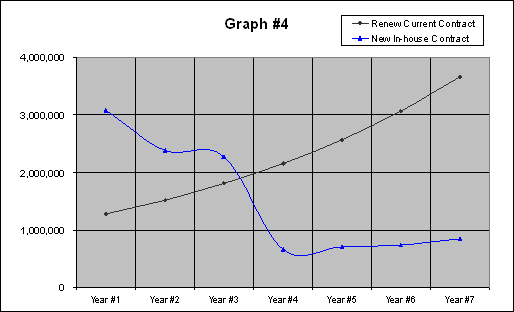Every morning in Africa a lion wakes up.
It knows it must outrun the slowest gazelle or it will starve to death.
Every morning in Africa a gazelle wakes up.
It knows it must run faster than the fastest lion or it will be killed.
It doesn’t matter if you’re a LION or a GAZELLE…
When the sun comes up, you better be running.
Our industry is relentlessly consolidating. Banking—once a bastion of job security—now has a definite Wild West “every man for himself” flavor to it. If you haven’t been bought, sold or traded more than once in your career, then you are very, very lucky indeed!
(All you credit union and mutual savings bank folks out there: Don’t be smug! While not-for-profits technically don’t get acquired or buy out other organizations, the reality is that mergers happen and the net effect is pretty much the same—different bosses, different priorities, and different business strategies, which may or may not include you.)
So what to do, GonzoBankers? How about managing your organization as though it were a personal investment? There are fundamentals of investing that make every bit as much sense when it comes to managing a financial institution as they do with a portfolio of stocks and bonds.
Don’t “buy and hold” investments forever. Instead, re-evaluate them periodically and move out of the under-performing ones. At the same time, don’t bail out at the first sign of trouble—regardless of the current market value, you haven’t really lost anything until you lock in those losses by selling. The same thing applies to gains—the market value of your portfolio may be up 1000 percent, but you haven’t really made any money until you liquidate all or part of that portfolio. (And, if you liquidate, where do you reinvest?)
What investments are we talking about? How about an under-performing system, acquired in 1977 when the bank was 1/10 of the size it is today. Correcting that system deficiency might be expensive, but how expensive is it to have employees working at 80 percent efficiency because they are compensating for system inadequacies with manual work-arounds? Or contemplate how expensive it is to have 25 percent more employees because of process inadequacies? Graph #1 below shows a call center before and after changing core systems in late September 2003. There is a difference between systems!

Analyze carefully before you buy and make sensible long-term decisions. Graph #2 below shows the cost curve for an organization considering purchase of a new system in the face of very rapid anticipated growth. This graph compares the cost of renewing a 3-year service bureau contract against acquisition of an in-house system that must be depreciated over 36 months. The purchase is clearly more expensive due to its higher up-front installation and conversion costs. But what happens if we acquire the new system, write it off over three years, and then find it still useful for a few more years? See Graph #3, a five-year analysis of the costs for both options. It is suddenly less clear that the acquisition is less desirable. What if it turns out that the acquisition can be used for another year or two after that? See Graph #4.



(These examples evaluate all costs that accompany both options, including space, labor, audit expense, etc., and the imputed cost of interest foregone on money invested in a computer system instead of being invested in additional earning assets. These specific curves are only relevant for one particular decision—“your actual mileage may vary”—but they exemplify the depth of analysis necessary to make good long-term decisions.)
Just as an investment must be analyzed carefully up-front and then re-evaluated regularly over time, systems should be chosen carefully, re-evaluated regularly and retained so long as they are generating appropriate earnings and sold when they no longer generate appropriate returns.
Recognize that it is easy to spend money, but difficult to spend money well. Follow the essentials of good investment decision-making, including:
- Establish well-articulated goals for any new system investment, including clearly identifying how the new purchase supports achievement of your strategic plan. (If this were an investment, you might decide whether stocks or bonds fit your long-term objectives better, taking into account your current age and your expected retirement age.)
- Develop a clear selection criteria before you make the investment. Establish the relative importance of the major elements, such as: Which matters more: low price, functionality, compatibility with existing architecture, or doing business with a vendor you know and trust? (If this were an investment, you might decide whether to invest in airlines, oil companies, more pharmaceuticals to go with those you already own, or whatever the broker you’ve been using since 1987 recommends.)
- Do a good job of researching the entire marketplace before settling on a list of finalists to evaluate in great detail. (Research Morningstar, the Wall Street Journal, and Barron’s before you decide on a “load” vs. “no-load” mutual fund.)
- Evaluate the finalists carefully. (Which no-load mutual fund?)
- Conduct purchase negotiations seriously and carefully. (Use a discount broker? Do it yourself over the Internet? Or use a full-service broker you trust?)
- If you’re a for-profit organization, never forget that Uncle Sam is a partner in your enterprise. If you make $1.00, he’ll take about $.35 of that dollar; use tax-adjusted numbers wherever possible to reflect the real financial impact of your decisions. (With an investment, watch out for the taxes on short-term holdings vs. longer-term capital gains tax rates.)
Remember that technology in banking is a means to an end, just as investments are to provide security in old age or an inheritance for children. Technology makes financial institutions more efficient, and can occasionally radically improve the process for getting things done. But, at the end of the day, depository institutions are still highly leveraged financial intermediaries that accept deposits from some people, make loans to others, and collect fees for facilitating transactions in some way. All the technology in the world won’t help if the loans go bad, the depositors go elsewhere, or the transactions aren’t needed.
It has been said that there is only one real measure of performance, and that is ROE (Return On Equity). Executives at high-performance institutions see themselves as managers of shareholder value—they vigorously pursue those actions that will increase shareholder value. Their mantra is always to build fundament value in the enterprise—to improve their ability to consistently generate above-average returns. They watch closely to see clearly how much value a particular activity is creating and how much more it may ethically generate in the future. This helps them identify new growth opportunities as well as isolating doubtful activities that should be exited. Those firms that can achieve, and maintain, a top-tier position command a better price for their equity, which is then currency for future acquisitions or a tangible reward when it is time to liquidate.
Maximizing ROE is just as important to a credit union or a mutual savings bank as it is to a for-profit commercial bank. (Knowledgeable executives will tell you that there is a huge difference between a non-profit financial institution and a not-for-profit financial institution. No one who’s been through it enjoyed working for a non-profit institution!) In fact, ROE is arguably even more important to not-for-profits because earnings are the source of additional capital if they’re growing or increased dividends for their owner-members in the absence of growth opportunities.
In this age of consolidation, are you worried that a drive to manage your institution “like an investor” might be perceived as a sign that the organization is being groomed for sale or merger? Those things that must be done to make an organization more efficient and profitable are exactly the same, whether the organization will remain independent or is being prepared for sale or merger. There is no escaping the fact that managers must make the decisions that will most benefit equity-holders—shareholders, members, or investment partners—over the long haul.
And finally, an investment in yourself—in new skills, additional knowledge or improved quality in managing the resources entrusted to you—is always a good investment!
It doesn’t matter if you’re a LION or a GAZELLE…
When the sun comes up, you better be running.
-bm